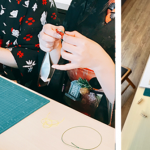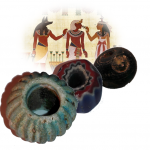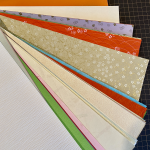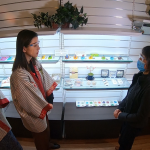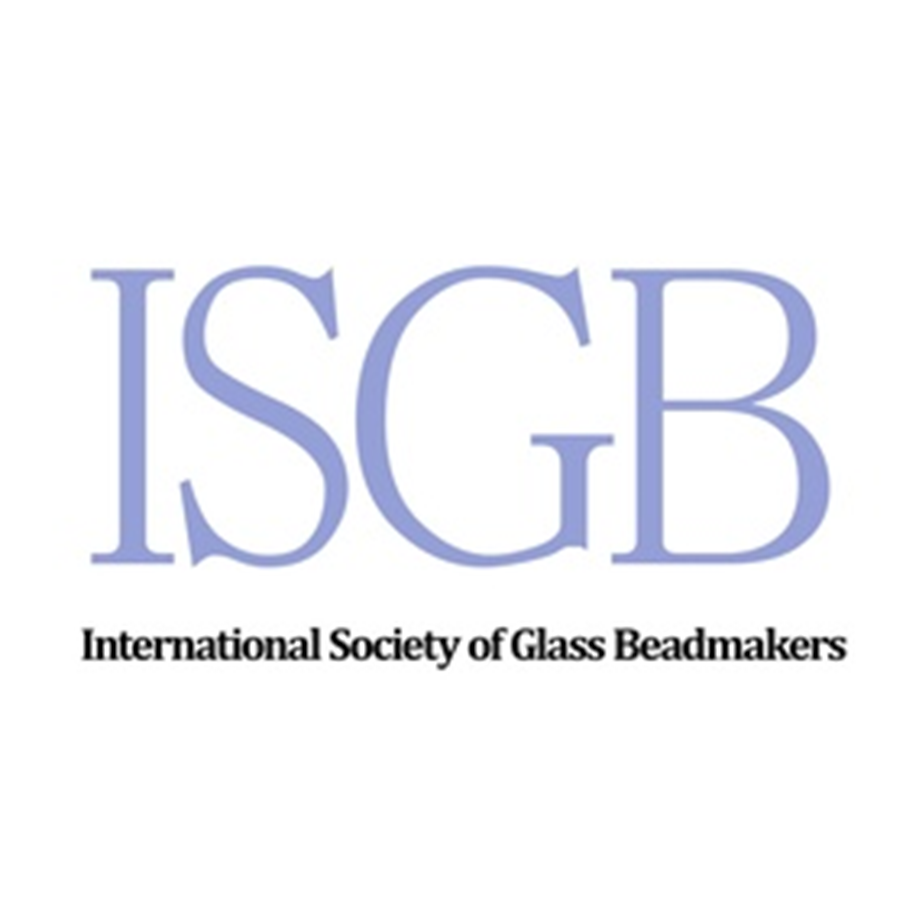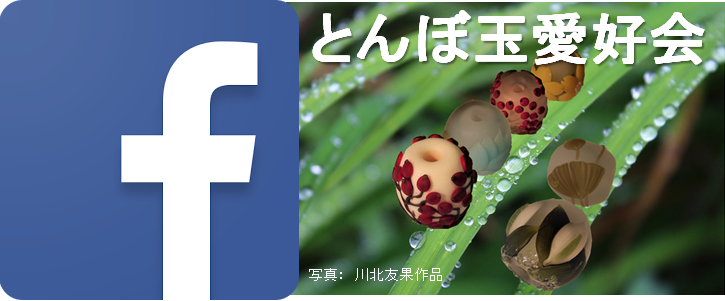A traditional wooden craft of Hakone.
Wooden crafts were already popular souvenirs for Hakone in the middle of Edo Era (1603-1868). In late Edo Era, an artisan introduced the techniques of Yosegi or mosaic, and applied it to the surface of his crafts. It was said to be the first Hakone Yosegi Zaiku. In 1984, Hakone Yosegi Zaiku was designated as a traditional craft by Minister of International Trade and Industry (present Economy, Trade and Industry).
For Hakone Yosegi Zaiku, woods are categorized by color and cut in fixed shapes and lengths. Utilizing their natural colors, motifs are made. Matching up motifs, elaborate geometric patterns are made in the form of base board of certain thickness. Then a plane is shot on the base board to produce patterned sheets with the thickness less than 0.2mm to decorate the surface of crafts. This is the classic type of Hakone Yosegi Zaiku. A new method of turning the base board itself to form pieces of work was introduced in the middle of the 20th century.
箱根地方の木工品。箱根地方では古くから木工芸が盛んで、江戸時代(1603年‐1868年)中頃には、木工芸品はすでに人気の土産物だった。
江戸時代後期、ひとりの職人が寄木細工の技術をとりいれて作品の表面を飾り、箱根寄木細工が誕生したと言われる。1984年通商産業(現在の経済産業)大臣指定伝統的工芸品に認定されている。
使用される木材は、色によって分類され、決められた形状、長さに切断される。まず、木材独自の色を生かして単位模様を作り、それを組み合わせて精緻な幾何学模様を描く一定の厚みの種板を作る。これを0.15㎜から0.2㎜の薄さにかんなで削り、指物細工の表面に貼って装飾するのが、古くからある技法である。また、ろくろを使って厚みのある種板自体を加工し、そのまま製品を形成する新しい技法が、20世紀中ごろから行われるようになっている。

